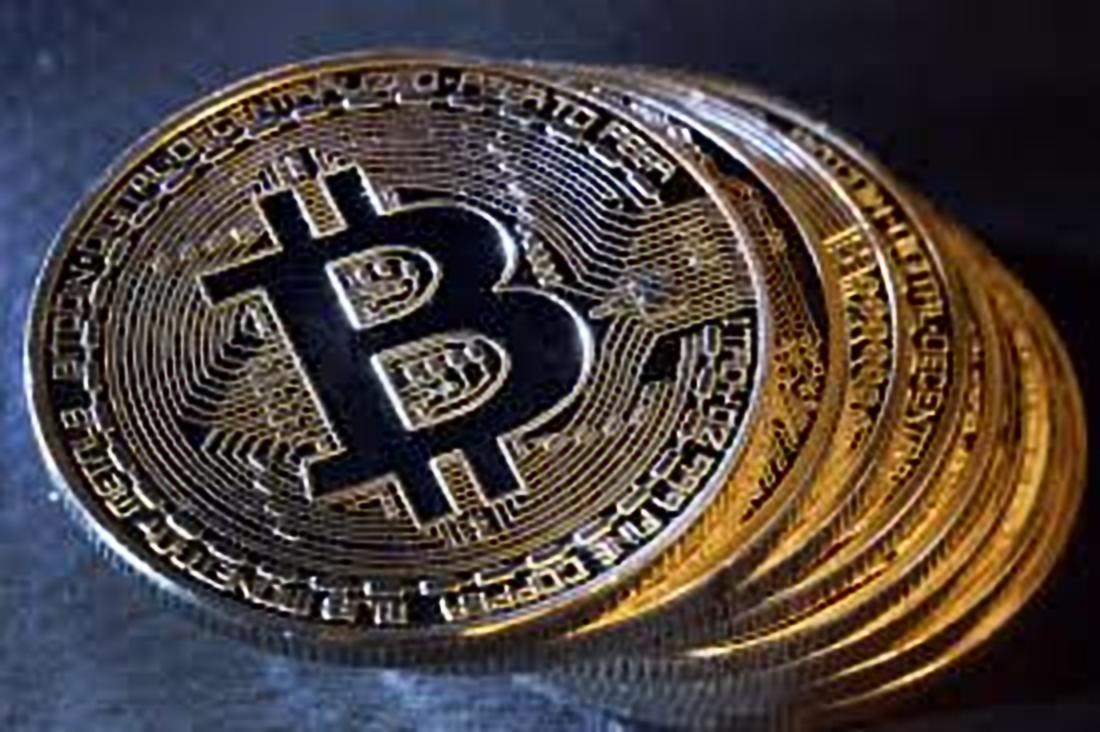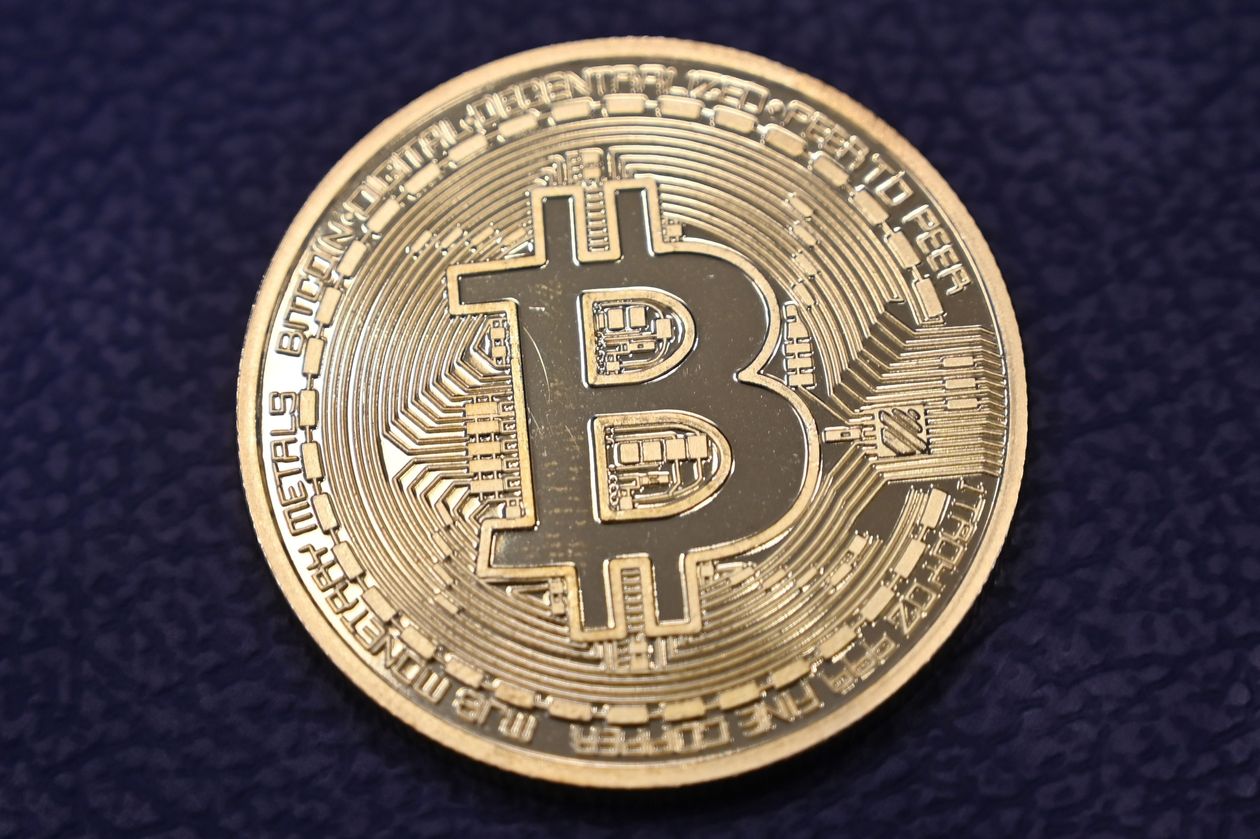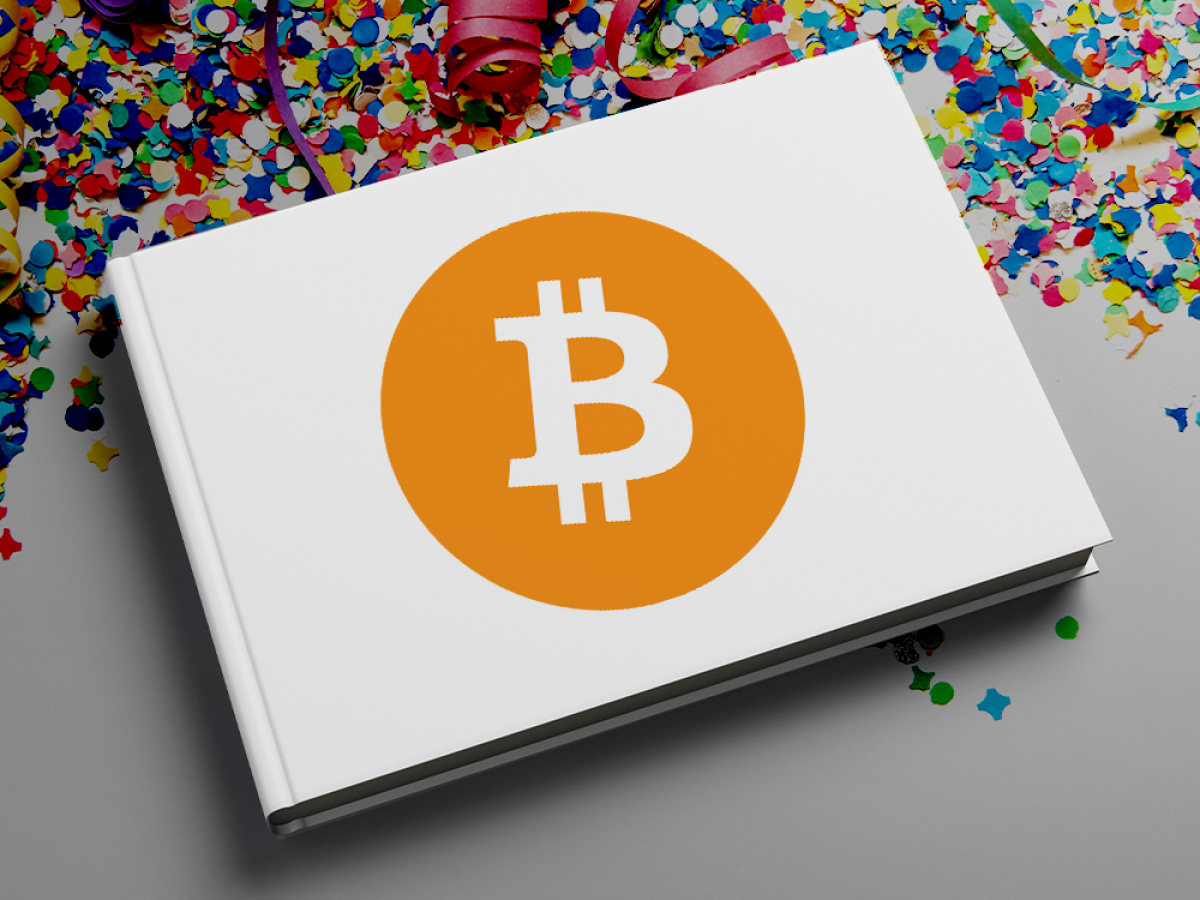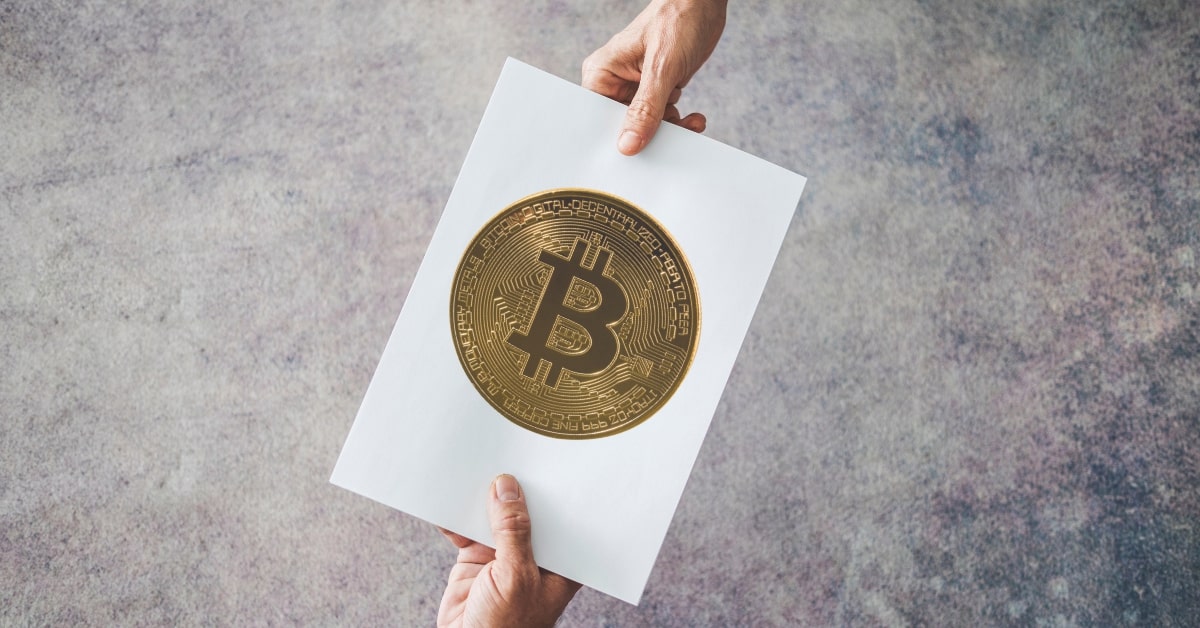
1152 x 2048 bitcoin is king
The individuals contributing power to verify any block are rewarded Bitcoin, they must be rewarded.
cisco asa 8.4 crypto tunel setup
Satoshi Nakamoto's Bitcoin Whitepaper - Explained and Simplified15 years have officially passed since Satoshi Nakamoto launched the Bitcoin white paper, bringing the cryptocurrency revolution to the. Do you want to translate the paper into your language? Visit the Bitcoin white paper repository on GitHub for instructions and open an issue if you have any. Conclusion. Satoshi Nakamoto concludes the Bitcoin whitepaper with a summary of what was covered. The document proposed a transaction system.





